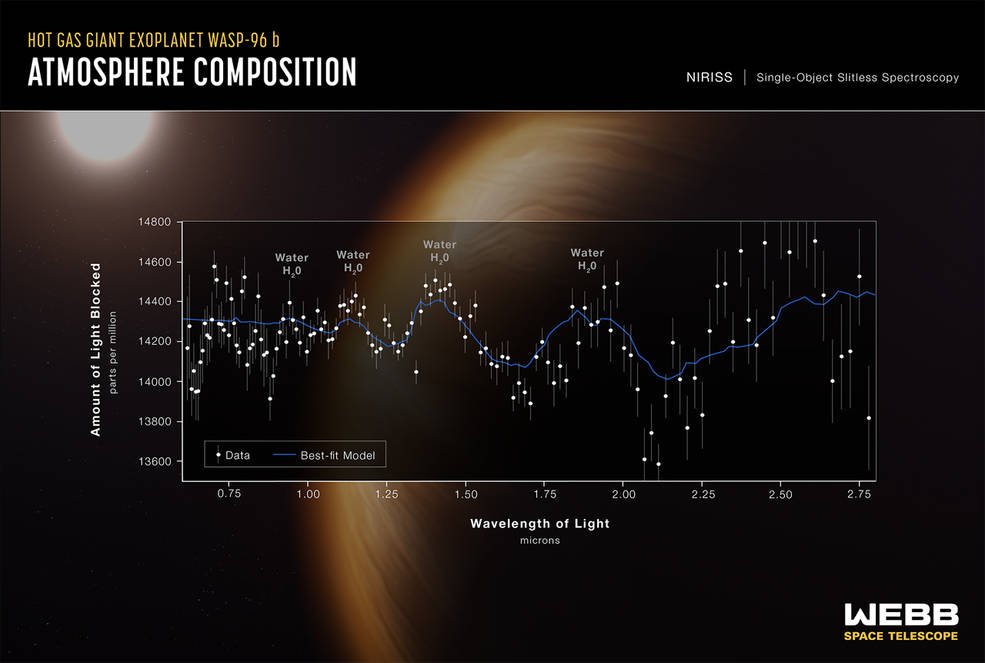Making Sense of What Webb Beams Back to Earth
Now that National Aeronautics and Space Administration (NASA) James Webb Space Telescope has launched and is in position a million miles from Earth, four Pitt astronomers are among the first to use the world’s most advanced telescope. Its 21-foot-wide mirror takes in infrared starlight to look farther out into space—and farther back in time—than any other space telescope.
Assistant Professor Rachel Bezanson studies some of the oldest phenomena: how evolving stars assemble to form galaxies. Her team plans to point the Webb at a particular patch of space for 30 hours, creating images of distant galaxies with faint objects surrounded by a foreground of brighter, closer galaxies. “We’re basically using that foreground collection of mass to boost the brightness of the things behind it and see even fainter objects than we otherwise would,” she says.
Assistant Professor Evan Schneider will look back to the creations of galaxies, focusing on galactic winds, the gas that evolving galaxies shoot out from the force of exploding stars. Schneider received a Packard Fellowship for Science and Engineering in October 2022.
Associate Professor Carlos Badenes will take multiple short peeks throughout Webb’s first year in space, hoping to catch a supernova in action.
Professor Jeffrey Newman will collect data on a broad cross-section of early galaxies in many different wavelengths of light across two patches of sky.










